Latest Publications
-
Policy Note No. 2025/10December 22, 2025
The Fed Lowered Rates Again. Is It Really a Surprise?
-
Working Paper No. 1102December 12, 2025
No More than Double: Can a Single Rule Tame Capitalism?
-
Policy Note No. 2025/9November 24, 2025
Democratic Renewal and the Green Job Guarantee
-
Working Paper No. 1101November 18, 2025
Currencies Come and Go, but Employment Always Takes Root
-
Working Paper No. 1100November 05, 2025
The Death of the Social Contract and the Enshittification of Jobs
News & Events
Event January 12, 2026

Where:

Levy Graduate Programs Application Workshop
Event starts 12 January 2026Where:
News
December 18, 2025

An Open Letter to the Indian Government in Support of the Mahatma Gandhi National Rural Employment...
News
December 18, 2025
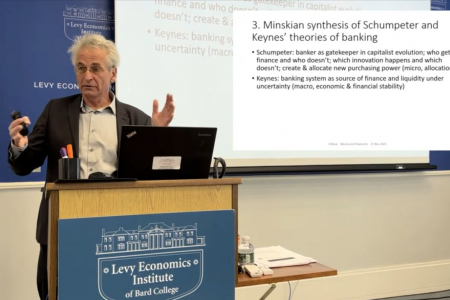
Watch Video of Jörg Bibow’s Levy Institute Lecture, “Money & Payments: Evolution or Revolution?”
News
October 30, 2025





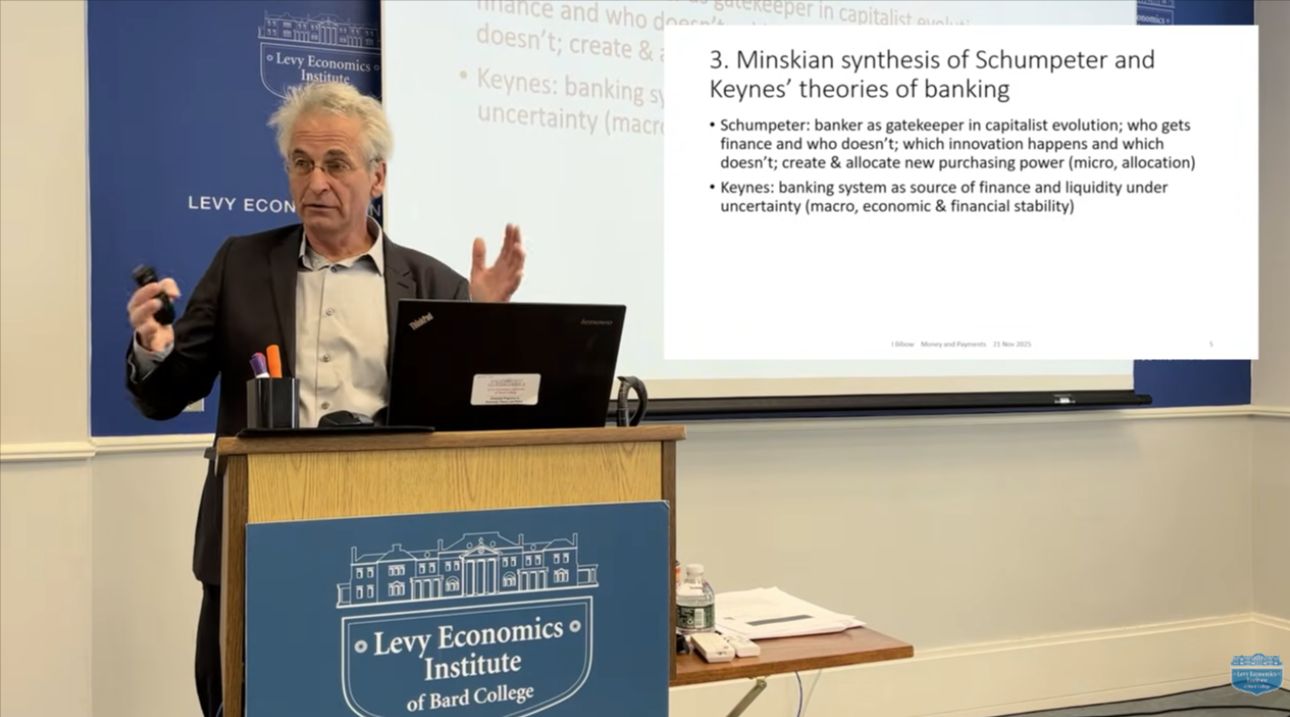




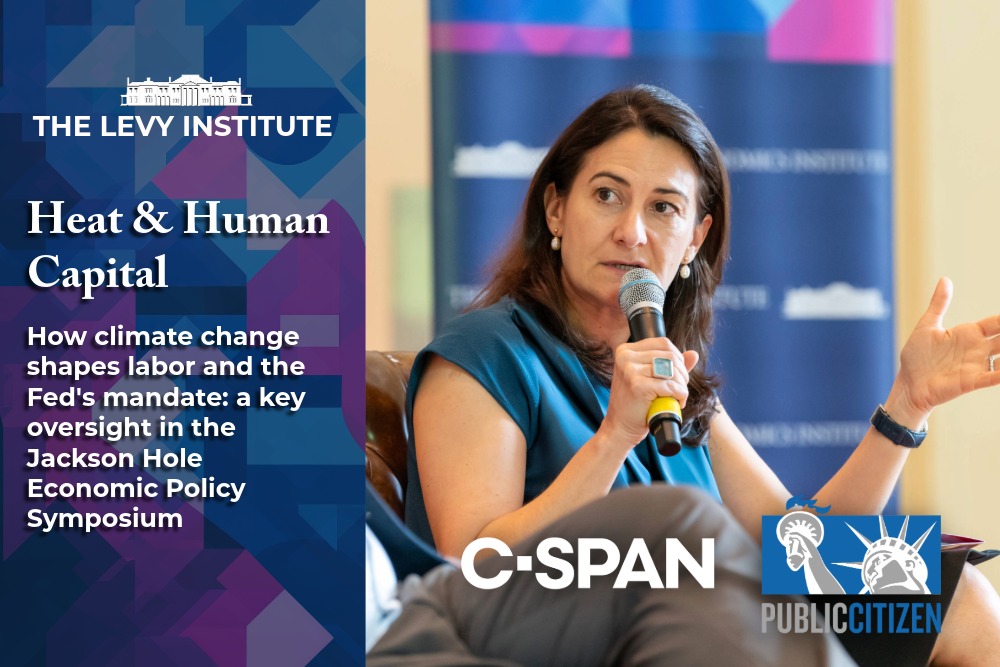
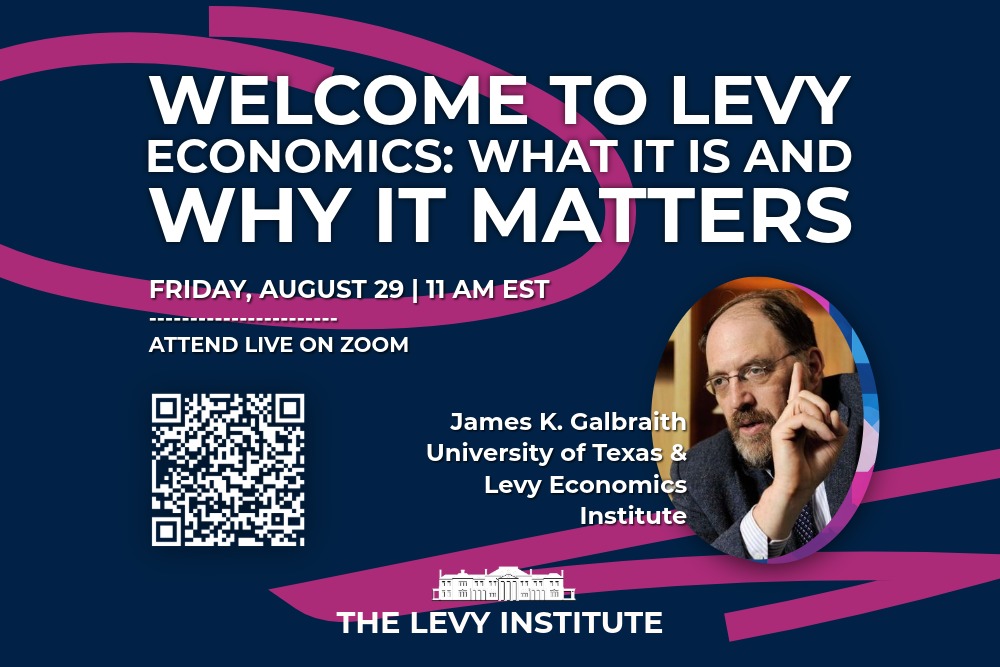
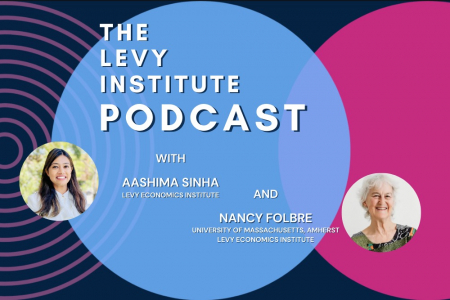
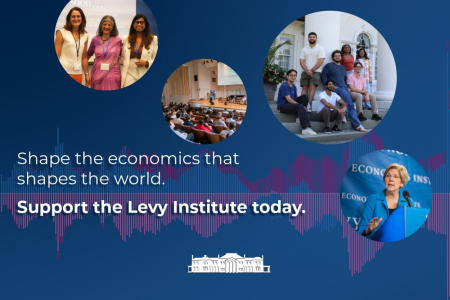
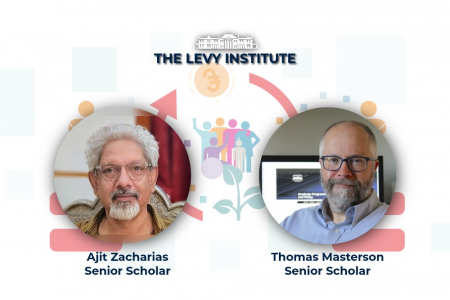

Featured Commentary
New Levy Institute Podcast Out Now: Nancy Folbre
Employment Guarantee on the Block
Jean DrèzeKeeping Up with Household Debt in the US
Francesco Ruggeri, Riccardo Pariboni, and Giuliano T. YajimaClimate Catastrophe and the Second Coming
L. Randall Wray